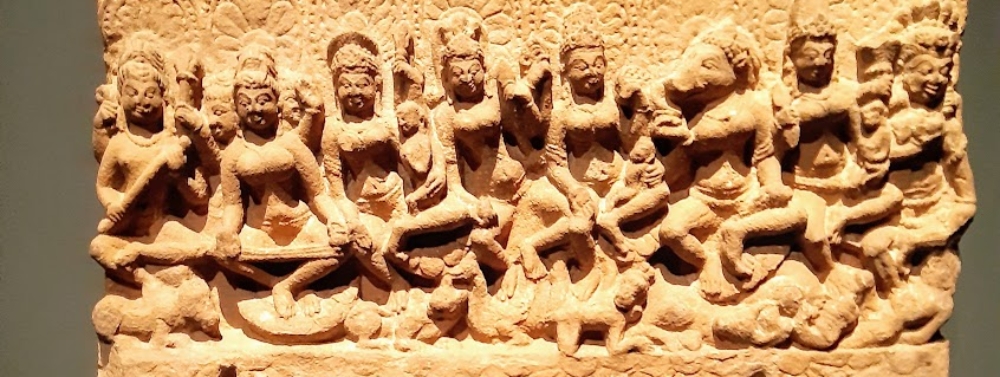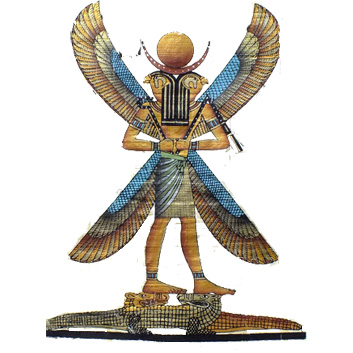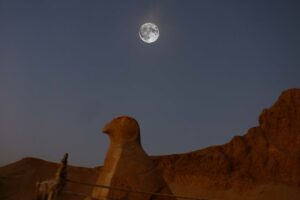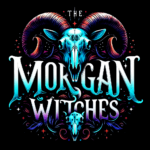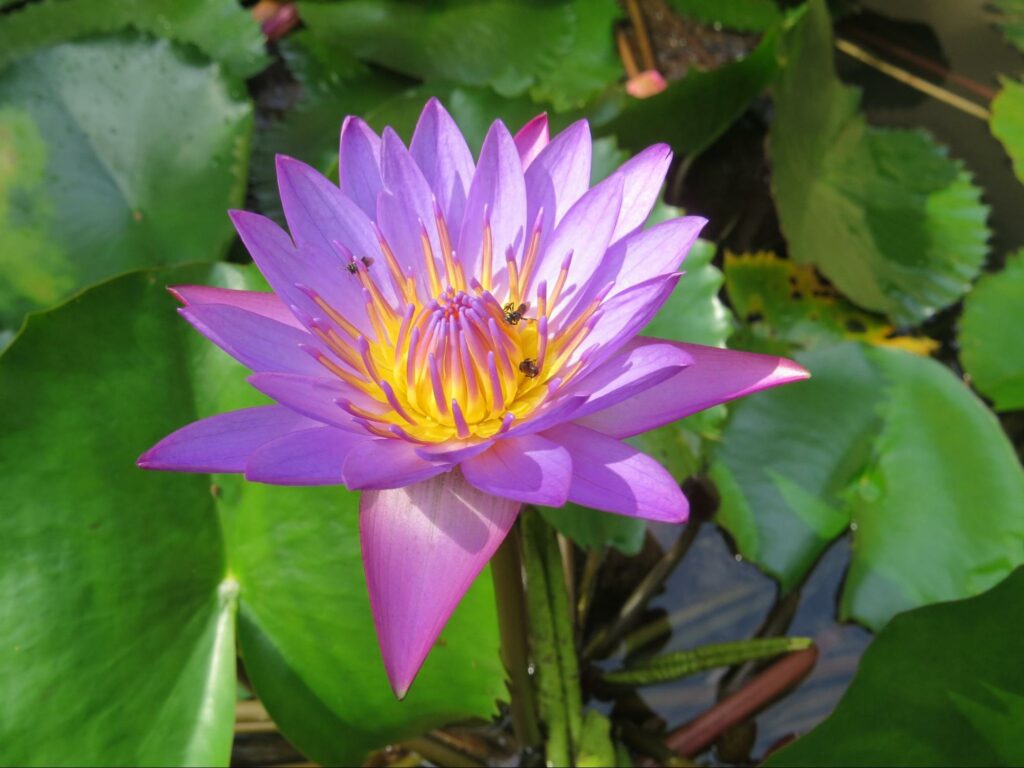
Nymphaea nouchali, “Blue Lotus: Divine scent for transformation and rebirth”
Unlocking the Lunar Mysteries: Synchronizing with the Moon’s Energies
Transitioning into the active realm of natural mysteries, the moon’s synchronization with our world stands out prominently. Governed by the moon, water ebbs and flows with the lunar cycle. While many acknowledge the full moon’s influence, awareness of its impact extends beyond animals and women. By attuning to our bodies, all can harness the moon’s power. With our bodies composed of 75% water, lunar effects are profound. To harmonize with the moon, explore its four phases, each offering unique rituals and botanical essences. As the moon enters its final quarter today, seize the opportunity to synchronize with its celestial rhythm.
On the waxing moon, we stop for a moment to hold our breath and observe. Watching the transformation and growth of our new moon projects taking shape and direction.
On the full moon, we exhale, a long exhalation — anghana which means ‘to reduce’ or ‘to fast.
We release all the ideas and plans we breathe in on the new moon. The importance of the long exhalation is to create more space and room on our next inhalation, for new ideas and new plans to enter on the next new moon.
“Only when we have emptied ourselves can we take in a new breath” (T.K.V. Desikachar p.60)
Transformation and Rebirth under the Last Quarter Moon
At the waning moon, we pause and assess if there is anything more that needs to be released. It is the moment to let go of all the notions and intentions that we took in during the new moon, making room for fresh plans and ideas to come in during the upcoming new moon.
Harnessing the Power of the Waning Moon: Embracing Ugra and the Blue Lotus
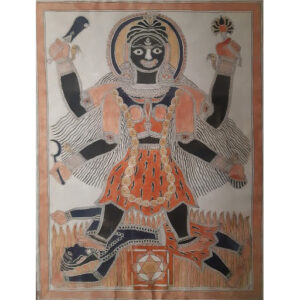
Ugra, holding a Blue Lotus the symbol for transformation, rebirth and knowledge
On the night of the waning moon, we meet with Ugra – “The hungry one”, “The fearful”, and “She who brings us to the shore” – the shores of realization and knowledge.
The final quarter of the waning moon brings with it the opportunity to make an offering to the “Hungry One” and request her to grant us what we truly desire.
Ugra possesses a sacrificial sword, a skull cup, a flaying knife and a blue lotus.
“Blue Lotus: Divine scent for transformation and rebirth”
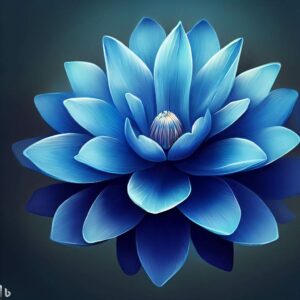
Blue Lotus by AI Bing
The captivating scent of the Blue Lotus is genuinely one of a kind. The ancient Egyptians and Hindus believed that such exquisite smells were signs of the divine’s presence and symbols of transformation and rebirth.
The scent of the Blue Lotus is so unique that it plays a major part in the theory that suggests that fragrances can shape our mental and emotional states.
Psychoactive Effects
Some people are captivated by the idea that the Egyptian Blue Lotus may have psychoactive effects, personally, I’m not convinced.
The Ancient Egyptians had a deep appreciation for beauty and fragrance. They believed that smelling pleasant was a way to connect with the divine or to be blessed by it.
The Egyptians used only the fresh flowers of the Blue Lotus. They did not eat or drink the flowers, nor did they use them in their perfumes and very rarely in their remedies. When they did so, it was probably a symbolic gesture of the Blue Lotus association with resurrection and rebirth.
The Egyptian God Ra
The Blue Lotus, known as the Egyptian Blue Water Lily, embodies the divine scent for transformation and rebirth. It symbolized the birth and daily resurrection of the God Ra, and featured prominently in temples, sacred artefacts, and art, with depictions often portraying individuals inhaling its fragrant flowers.
Aromagick & the senses
Upon first inhalation, Blue Lotus evokes a sense of longing for both the past and future. As the aroma fills your senses, you will be filled with a sense of pure pleasure and appreciation for the physical world’s beauty. And with every breath, an overwhelming sense of euphoria begins to take hold – comforting us like a hug from the Goddess herself.
Ugra & Kali
Ugra represents the darker form of Kali, hence her name, Ugra “The Terrible”, “The Formidable” or ‘Enchantress of Terrifying Form’.
The primary difference between Kali and Ugra is their colours. Ugra is typically black while Kali is depicted in blue.
When Shiva asked Kali for the gift of knowledge, he embraced the hunger for knowledge that pervades the vast conscious universe. It is the same hunger that drives us to create art, music and life. The hunger that ignites in our hearts the passion to study and learn science, medicine, alchemy, philosophy and magic.
